| Otto B. Wiersma |
10 Mar. 2005 – 24 Nov 2005 (last update) |
abstracts home |
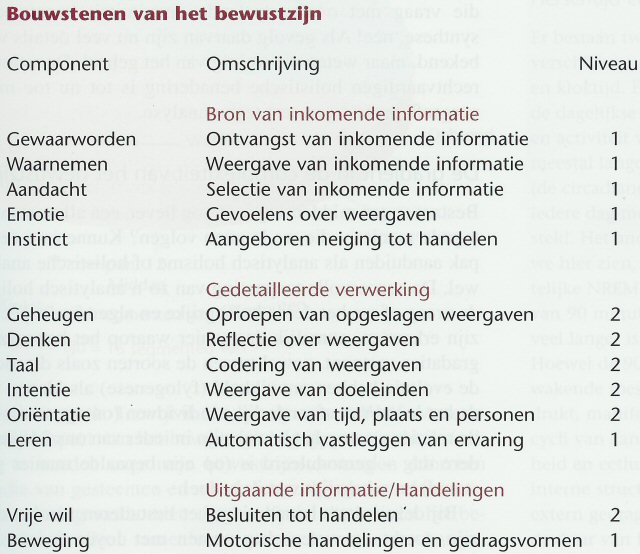
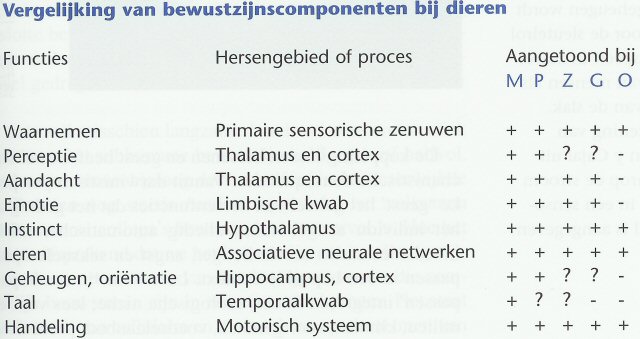
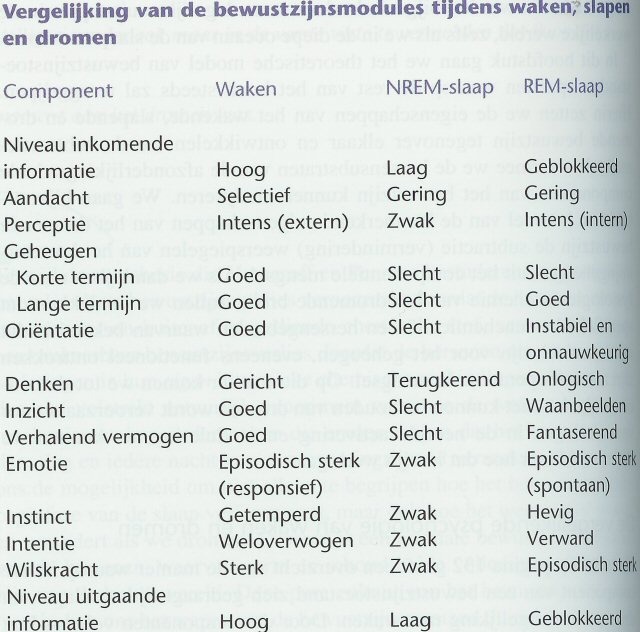
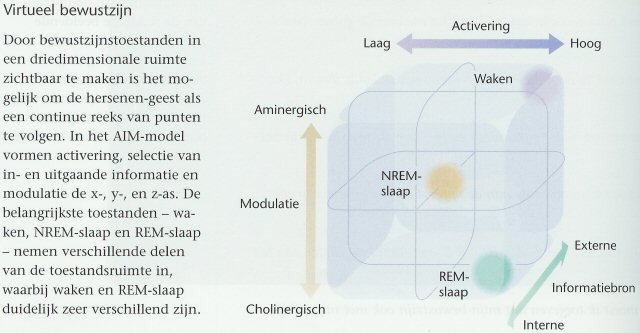
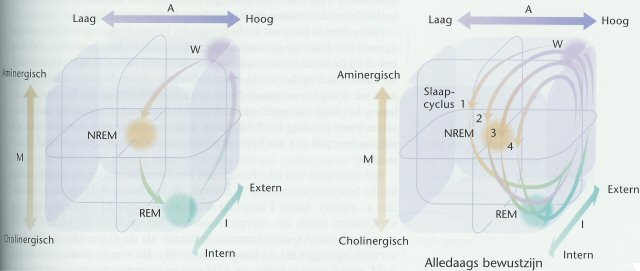
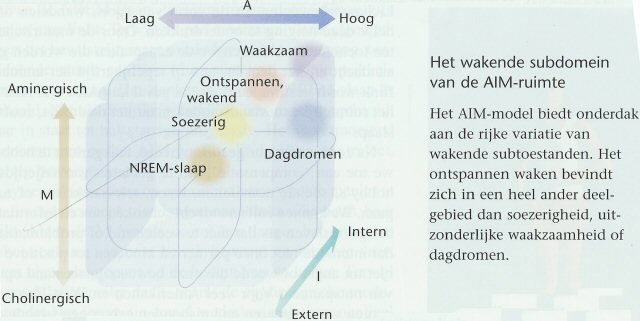
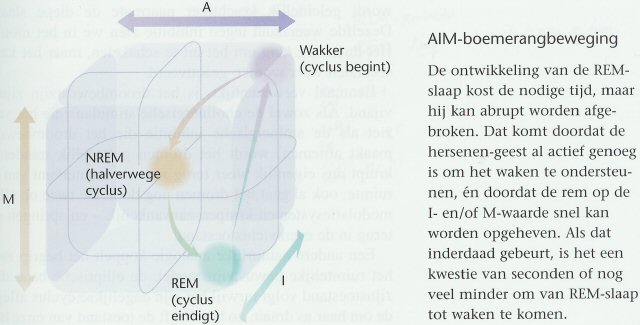
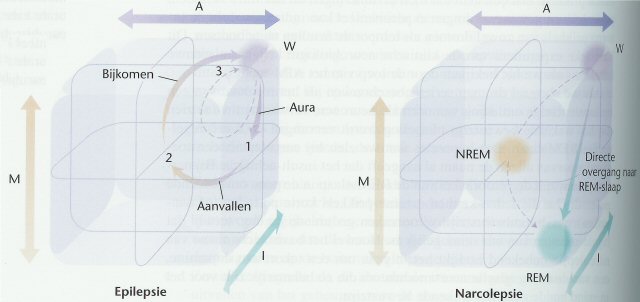
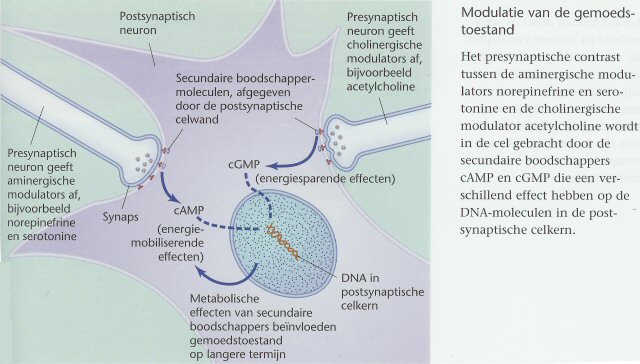
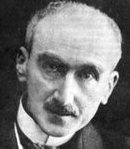
|
A concrete creative |
||
|
supraconsciousness duration evolution consciousness |
||
|
B real pure, undivisible immediate continuous free organic vital, mental irreversible irreducible unmeasurable (self-)organized unforeseeable unpredictable becoming |
intermediate reciprocal complementary interdependent |
C virtual, representational divided, divisible indirect discontinuous determined, necessary finalistic, mechanistic physical reversible reducible calculable manufactured foreseeable predictable resisting |
|
life,spirit,mind intuition inextension action, will, effort introspection wholes heterogenity quality motion succession time-invention maturation metaphysics |
matter, things intellect extension knowledge spacialized measurement parts homogenity quantity immobility, states, instants simultaneity time-length repetition science |

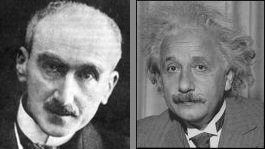
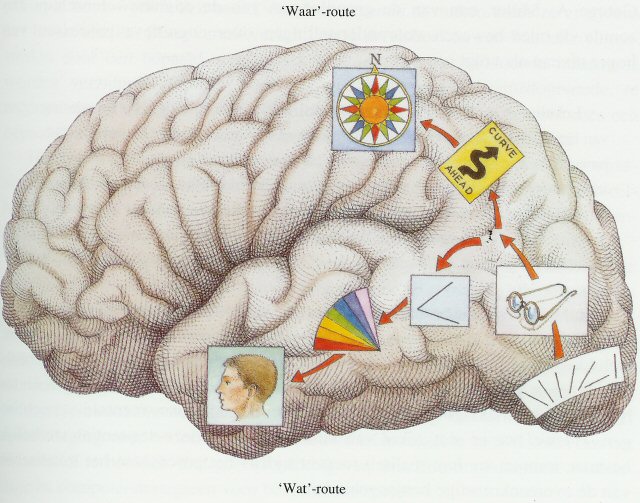
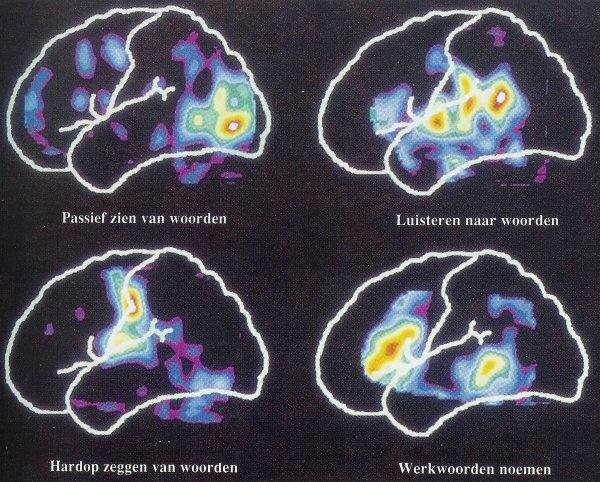




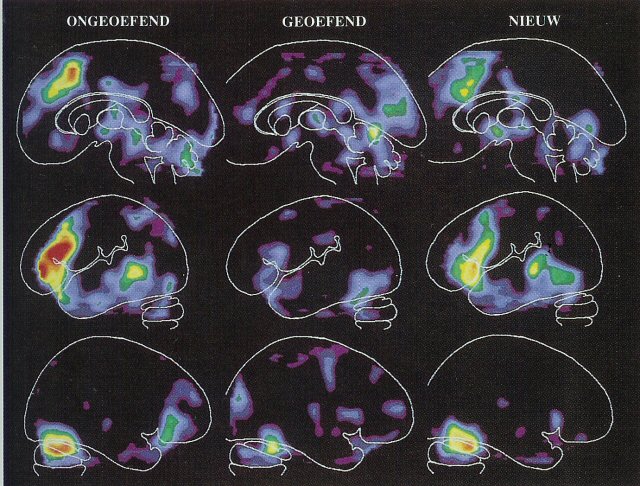
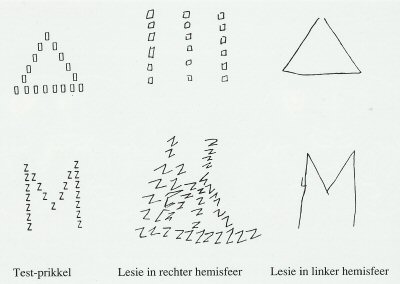
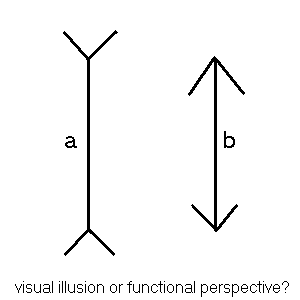
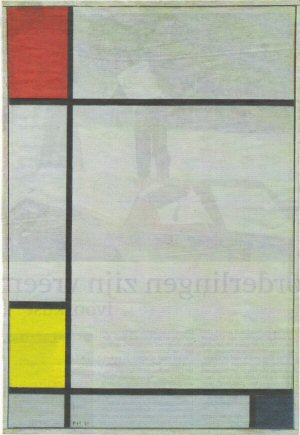
| rond het jaar |
wetenschap ontdekkingen |
socio-politiek | kunst | sexualiteit | spiritualiteit | architectuur |
|
pagane wereld hypersexueel; Christendom: anti-sexuele omwenteling |
cultivering lichaam | |||||
| 500 | obsessie met de ziel; Benedictus’ monastieke grondregel, arbeid en contemplatie, matige askese | Basiliek (rug naar de wereld) | ||||
| 1000 | Arabische cijfers, astrolabe, aarde als bol gezien > homogenisering van het aardoppervlak |
de taille; Maria-ontvangenis |
hervormingen van Cluny arbeid > liturgisch leven, verinnerlijking,individualisering, strengere askese, dagelijkse geseling, wereld-verachting, Maria-verering | Romaans (gebogen onder zwaarte) | ||
| 1130 | vertalingen Ptolemeus’ Geometrie en Euclides’ Elementen > nieuwe cartografie |
hoofdse liefde; Maria: feest van de onbevlekte ontvangenis |
hervormingen van Citeaux (Bernhard v Clairvaux) isolement, nog strengere askese, gevoelsmystiek (subjectivering), rozenkransgebed, elevatie hostie, transsubstantiatie, celibaat, zwijgplicht |
Gotiek hoogste kerk (spitsboog: reiken naar de hemel) thema: overspannen verhoging |
||
| 1306 | lichaam geopend | decolleté | ||||
| 1429 |
mathematisering; van hermeneutiek naar semiotiek; |
natuur als boek; centraal perspectief in de schilderkunst |
misogynie (Thomas) en Maria als courtisane (Fouquet) | Thomas a Kempis: Imitatio Christi, exercitia spirituatlia (concentratie op het innerlijk) | Renaissance (cirkel, symmetrie) | |
| 1540 |
van tekstualiteit naar discernerend zien Vesalius: anatomische atlas Vives: zien is ontvangen; Stifel: vermeningvuldigen = optellen van exponenten (>logaritme); Copernicus’ De revolutionibus caelestium |
versluiering van het naakt, verhulde erotiek, heksenvervolging |
Jezuïtenorde, quietisme (niet willen, niet handelen, niet spreken), emblemenboek (innerlijke waarneming, visualisering, imaginatie) maar ook activisme; Reformatie, piëtisme |
Barok (naar buiten gericht, onrust, indruk van zwaarte naar buiten, licht binnen, illusionaire hoogte); afbraak oude numineuze St Pieter, bouw nieuwe praalkerk |
||
|
1616 1628 |
Descartes: voortzetting reeksen getallen als natuur-principe > determinisme; Algebraïsche meetkunde > homogenisering ruimte; Galilei: heliocentrisch wereldbeeld; Harvey: bloedsomloop – hart als pomp |
Venus van Rubens |
devoot humanisme; cultus van het Heilig Hart |
|||
| 1666 |
Newton: absolute time and space; arithmetisering van het heliocentrisch systeem; 1672 Römer: licht eindige snelheid |
piëtisme | ||||
| 1687 |
Newton: Principa; Locke: tabula rase, anti-traditie, anti-autoriteit – gelijkheid; Leibniz: continuïteitsprincipe; Infinitesimaal-rekening; |
ondermijning gezag; regicide; begin animalisering; |
Perrault: progrès (tov de antieken); Richardson: Pamela (gevoelens van dienstmeisje: individualisme en sentimentaliteit); muziek: temperieren ivm moduleren (onzuiverheid tbv gelijkheid); |
Roccoco: schelpen camoufleren overgangen (ontkennen grenzen en sprongen) | ||
|
1740 verloren eenvoud |
verknippen en verdelen (> vermenigvuldigen): poliep, de eerste machines; de eerste neuroticus: Hume; aanzetten tot de niet-euklidische meetkunde |
inzet grote toename bevolkingsgroei |
gedeelde gevoelens, ruïnes, niet-euklidische eindige onbegrensde ruimte (Piranesi: carceri); mechanisme eend; |
volupté; eenzaamheid |
perfide moraaltheologie (Alhponsus van Liguori) deïsme Schleiermacher: |
Neostijlen (scrupulositeit en probabilisme, oneigenlijk en onecht) |
| 1789 |
industriële revolutie: mens en machines; Kant: kennis-grenzen; water wordt H2O; klinische geneeskunde (aandacht voor het individuele); |
mens en koning gelijk: rechten van de mens; nationalisme |
dubbelgangermotief; |
boek over etiquette; | ||
| 1859 |
Omslag romantiek > realisme en naturalisme; Darwin, The origin of species – ander besef van tijd; astrofysica; staal; entropie; |
strijd, egalisering, animalisering slag bij Solferino Marx: Die Ware |
grootste afmeting van de hoepelrok (crinoline); broekpak: sexualisering en masculiniwering; Maria: dogma van de onbevlekte ontvangenis |
1854 Maria: dogma van de onbevlekte ontvangenis | ||
| 1874 |
kniepeesreflex (einde vitalisme, subject-vijandigheid) Intentionaliteit (begin fenomenologie) psychologisch laboratorium |
Parijse commune (monarchie-vijandigheid) | impressionisme | 1870 dogma van de pauselijke onfeilbaarheid | ||
| 1906 |
W.James: bewustzijn bestaat niet; onbewuste; behaviorisme; Röntgen; Cantor: deelverzamelingen; Einstein: relativiteitstheorie [space-time covariance]; Planck: quantumtheorie; De Vries: mutatietheorie; Fysiologie: alles-of-niets-contracties; linguistiek: fonemen; einde continuïteitsbeginsel Heidegger leest de diss van Brentano; Fenomenologie: intentioneel zien; |
geloof in gelijkheid bekrachtigd, geradicaliseerd; |
Picasso: val van Icarus Willink: pilaarheilige Gide: acte gratuit Wells: the time machine; Jugendstil (<Roccoco) vs expressionisme; Schönberg: atonaliteit; |
Freud: medisch-technische sexualiering van de relaties | Péguy: nieuwe spiritualiteit | Fabriekshalstijl (Wright), |
| 1960 | eerste bemande ruimtereis |
afwijzing kolonialisme en imperialisme; universitaire infantilisering; media (tv) |
pop-art (collages); aleatorische muziek |
playboy; Maria: lichamelijke tenhemelopneming |
1950 dogma van de ten-hemel-opneming van Maria; tweede vaticaanse concilie |
bouwvalstijl (Corbusier) |
| Na 2000 | dissipatie? |
rassenstrijd? massasterfte? emigratie? mysticocratie? |
terugkeer van de Geest? mystici? |
|
versus: |
Dennet: |
|
illusie van cartesiaans theater (interactief dualisme) bureaucratisch, hiërarchisch |
gespecialiseerd circuits in parallelle pandemoniums (Selfridge, 1959) |
| illusie van de centrale waarnemer / centrale getuige / centrale bedoeler / centraal hoofdkwartier | coalities van gespecialiseerde circuits in hersenen als informatieverwerkend systeem |
|
illusie van één functioneel centrum de enkele bewustzijnsstroom |
verspreide inhoudsbepalingen, meervoudige narratieve versies, scripts (Schank 1975), scenario-weverij (Calvin, 1987) |
| res cogitans als toversubstantie | ontwerp deels aangeboren, deels cultuurgoed, deels zelfontdekking |
| memen (Dawkins) vormen de neigingen van het brein en maken er zo een bewustzijn van | |
| illusie van één zelf |
meerdere zelven als centra van narratieve zwaartekracht (cf MPD, split-brain, de Chaplin-twins, blindzien (hemianopsie, scotomen)), het gesponnen web van woorden en daden met bewustzijn en zelf als biologisch product (Robyn) |
|
qualia (desnoods epifenomenale qualia) |
qualia lijken te bestaan, het zijn echter epistemische relaties, mechanisch teweeggebrachte reactieneigingen, stelsels van disposities. |
|
eerste persoons perspectief introspectionisme |
derde persoons perspectief intentionaliteit |
| epifenomenologie |
heterofenomenologie van abstracta (ook feiten over ficties) |
| bewustzijn eerder een handelwijze van een subsysteem van het brein | |
| verspreide cognitie en sturing, daarom geen exact moment van een ‘bewuste gebeurtenis’ (tijdstippen van weergave <> weergave van tijdstippen) | |
| gegeven | evolutie van bewustzijn: begrenzing tot systemen met enkelvoudige elementen met meervoudige functies > korte termijn anticipatie (vriend, vijand of voedsel) > oriëntatieresponsie > adrenaline-alarm > exploratie (epistemische honger) > plasticiteit in zenuwstelsels (variabiliteit binnenwerk) > postnatale ontwerpwijzigingen > basale communicatie > zelfstimulering > memen (memorabele eenheden, bewustzijn als memennest) > ontwerpverbeteringen > neurofysiologische en genetische manipulatie |
| seriëel en onafhankelijk duaal | seriële virtuele machine (software) geïmplementeerd op het parallelle brein (neuronale verbindingen) |
|
recente, relatief langzame, seriële, bewuste mentale activiteit als nieuwe functie van een snelle opeenvolging van parallelle coalities van oude gespecialiseerde breinarchitecturen (meervoudige en gelaagde functionaliteit) |
|
| Mens | Natuur | Rationaliteit | Emotionaliteit |
| Ontologisch | Worden (tzu-jen: vanzelf zo – in het energetisch chi-veld ontstaan vanzelf de tienduizend dingen) | Zijn | Niet-zijn |
| Epistemologisch | Meegaan in natuurlijke ritmes (wu-wei: niet-ingrijpen) | Inzicht, beheersing | Verlichting, mystiek |
| Postulaat | Yin-yang-dynamiek | Intelligibiliteit | Ervaarbaarheid |
| Doel | Harmonie | Waarheid | Beleving |
| Criterium | Gezondheid (ho: gevoel van harmonie) | Logica | Authenticiteit |
| Systeem | Tao | Wetenschap | Mystiek |
| Tijd | Cyclisch | Lineair | Tijdloos |
| Ruimte | Ecologisch | Geometrisch | Sacraal, numineus |
| Energie | Gebonden (chi) | Vrij, doelgericht | Vrij, veld |
| Entropisch | Alleen gebonden energie | Negatief: warmte is verlies (dissipatie) | Positief: warmte is winst (emotie) (tapas) |
| Causaliteit | Reticulair (netwerk-causaliteit in open systeem) | Binair (in gesloten systemen, vgl botsende biljardballen) | Veld (het veld ‘richt’ alle fenomenen, vgl naald in magneetveld) |
| Beweging | Transformatie (kua) | Locomotie | E-motie (er varen) |
| Sociaal | Survival | Legalisme | Liefde |
| Taal | Metaforisch | Logisch | Symbolisch/stilte |